Spring isn’t too late to harvest medicinal roots from your herb garden
Marshmallow roots, like other medicinal roots, are usually harvested for herbal remedies in the fall, when the growing season has poured solar energy into the plant and the tops of the plants have died back. At this time the roots contain the maximum life energy. For those with a long growing season, this is the best time to harvest medicinal roots like dandelion, marshmallow root, and burdock root. But for those with shorter seasons, snow can often fall even before the leaves die back. As temperatures drop in the fall, in zones 2 to 4, the ground may freeze in early October inhibiting root harvest. No fear. The window for root harvest extends into the spring. As soon as the snow melts and the ground thaws, but before the new growth emerges, you can harvest the roots you were unable to harvest in the fall.
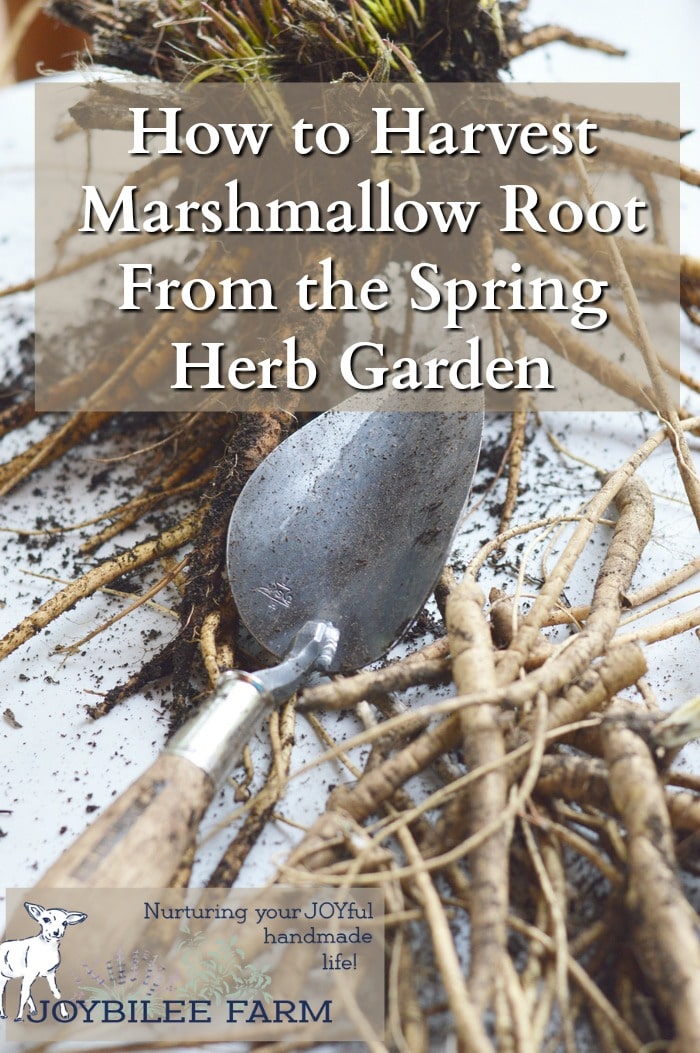
In fact spring may offer a better opportunity to harvest roots, if you are troubled by rodents and rabbits in the garden. Mice and voles like the sweet roots of dandelion, marshmallow, and burdock and can decimate overwintered plants, under the snow. When you harvest in the fall, leaving just a few plants to overwinter, you may find that the rodents take your last plants, leaving you with none. When you harvest in the spring, while the rodents may take a share, you can still manage your herb harvest without complete loss.
The longer the winter, the deeper the snow, the more damage you’ll find in the garden from rodents and rabbits the following spring. These creatures eat the garden leftovers to survive in a long winter.
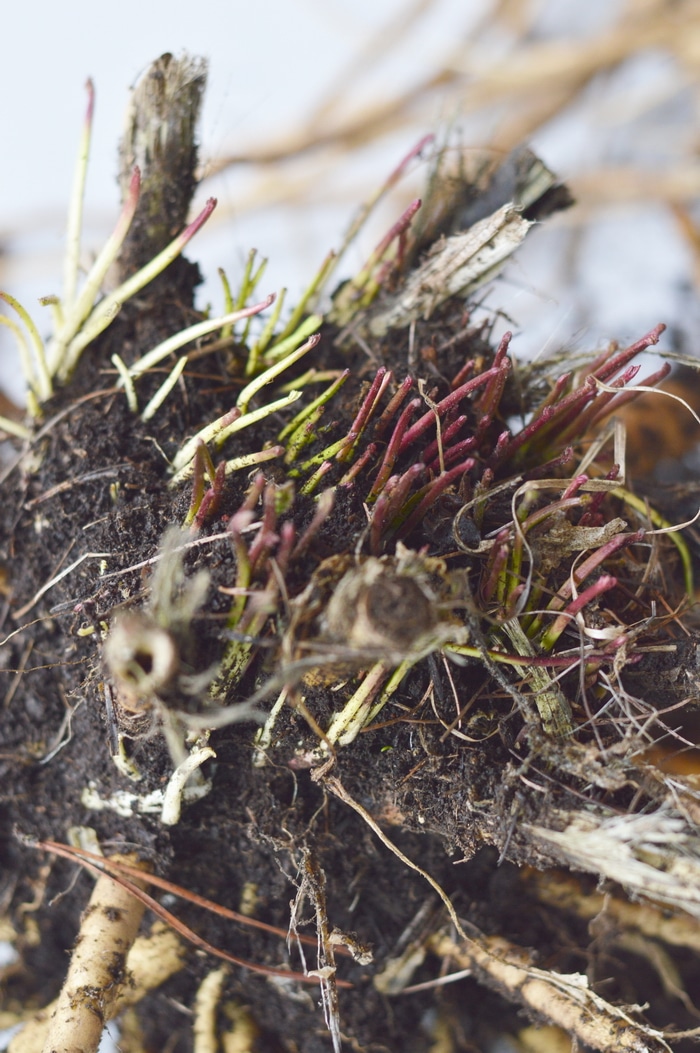
This spring when I harvested marshmallow root from my raised herb bed, I found rodent damage. The bed had seven large 4 year old marshmallow plants. My intention was to harvest all but two plants, leaving those two to continue growing in the bed. Unfortunately, as I was pruning back last year’s stems and harvesting the plump roots I found 3 plants with damage. The rodents had eaten every root completely from those plants. Above ground the plants looked normal. But under the soil the root system was gone. I was able to harvest 2 plants from the bed which gave me a few pounds of marshmallow root. Had I harvested the 5 plants I intended to harvest in the fall, I may not have had any marshmallow plants left to grow this year.

How to harvest marshmallow root
Marshmallows have long medusa-like roots, growing from a central crown. The roots anchor the long stems in the soil well. Unlike dandelions, where you just tug on the plant and the whole root lifts out, the marshmallow roots need some extra care at harvest.
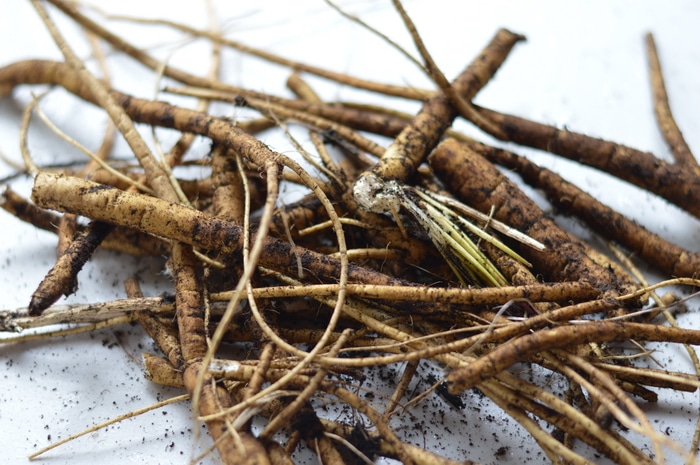
Begin by pruning back last year’s stocks at ground level. If the plant was left in the ground to grow, new stalks will come up from the crown, so these hollow stocks serve no purpose. In spring you’ll find reddish shoots growing from the center of the plant. This new growth will be the tall flowering stocks of the marshmallow.
Using a trowel, loosen the soil around the plant to expose the roots. The roots will extend up to a foot around and under the plant in all directions. Once the soil is loosened the plant can be lifted free and the roots can be harvested. If you want to preserve the plant, you can use a sharp trowel, spade, or knife to cut the plant in half. Replace half the plant into the soil and firm in. Harvest the roots from the other half of the plant. Alternatively, you can break off the roots from the whole plant and discard the top. The tiny shoots are edible and slightly sweet. Chickens like them, too. They can also be composted.
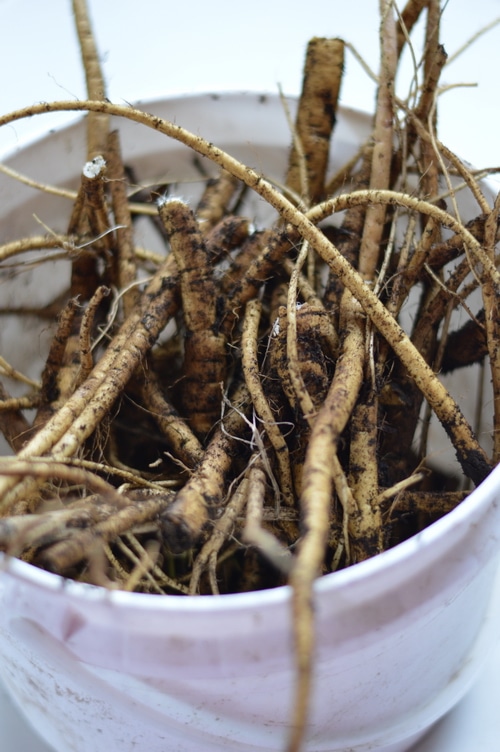
How to preserve marshmallow roots
- Marshmallow roots can be dried. To do this:
- Wash the roots well under running water.
- Grate or chop the roots into small pieces while they are fresh
- Dry in a dehydrator or in a just warm oven
- When the roots are hard and brittle they are done
- Cool to room temperature. Store in a glass jar with a tight lid.
- Label and date
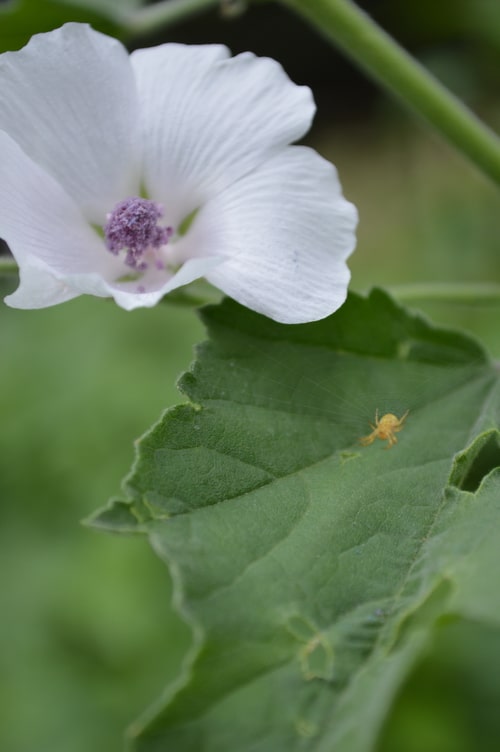
What’s marshmallow good for?
Marshmallow (Althaea officinalis) is a perennial herb that is hardy to zone 3 to 8. The flowering stalks grow 4 to 5 feet high and have pale lilac to white flowers that are visited by bees. The plant has been used by herbalists for at least 3,000 years.
It is valued for it’s soothing, demulcent properties and has a wide range of uses related to it’s ability to calm inflammation and correct hot, dry conditions.
For more about it’s herbal actions see this post.
Marshmallow is useful for stomach upset, coughs, colds, skin issues, and even urinary tract infections. It is both anti-inflammatory and anti-microbial, soothing pain, while it moistens and cools. Drinking marshmallow root tea can help with sore throats, coughs, and sneezing. It can also soothe the stomach, while healing ulcers with it’s antimicrobial actions.
Beneficial bacteria can feed off of the inulin that is present in marshmallow root, so it promotes a healthy microbiome, too.
A salve can be made from marshmallow root that soothes hot, inflamed skin issues.
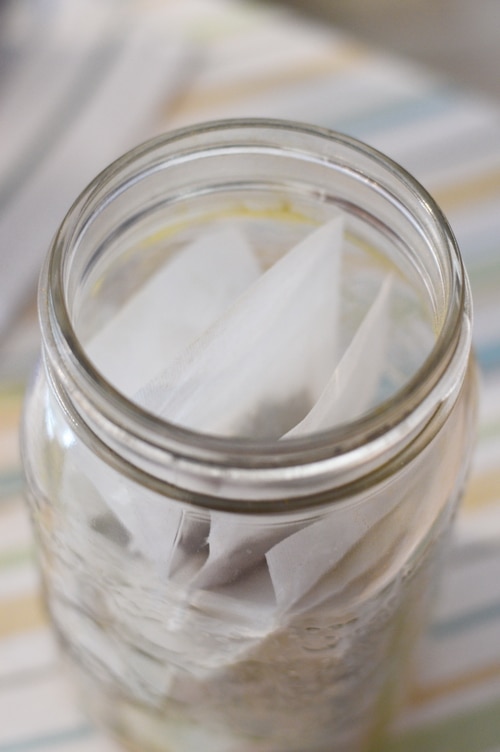
How to make marshmallow root tea
Marshmallow root tea should be made with warm water, not boiling water.
Ingredients:
1 tablespoon marshmallow root
1 cup warm water (not boiling)
Directions:
Pour the warm water over the marshmallow root in a pint jar. Cover with a lid. Shake gently. Allow this to steep for 4 to 8 hours in the refrigerator. Strain out the root. Drink.
(optional) 1 teaspoon of other more flavourful herbs like peppermint, lemon verbena, lemon balm, monarda, or sage can be added for flavour, when the water is added to the jar.
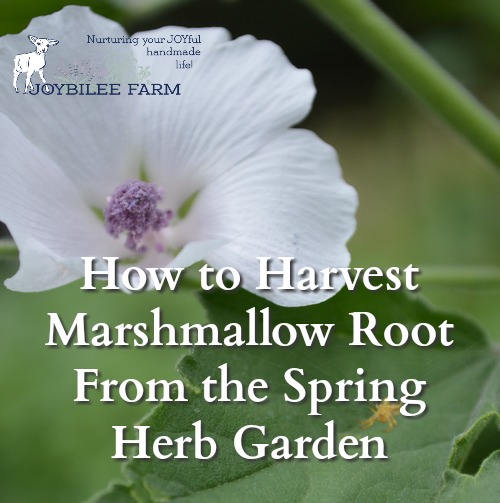
Other medicinal roots you can harvest in spring
Burdock
Yellow dock



How can the mucilage be extracted from the roots so it’s separated and then can be condensed to a thick mucilage liquid or further dried as an extract powder?
Someone should know how to do this!